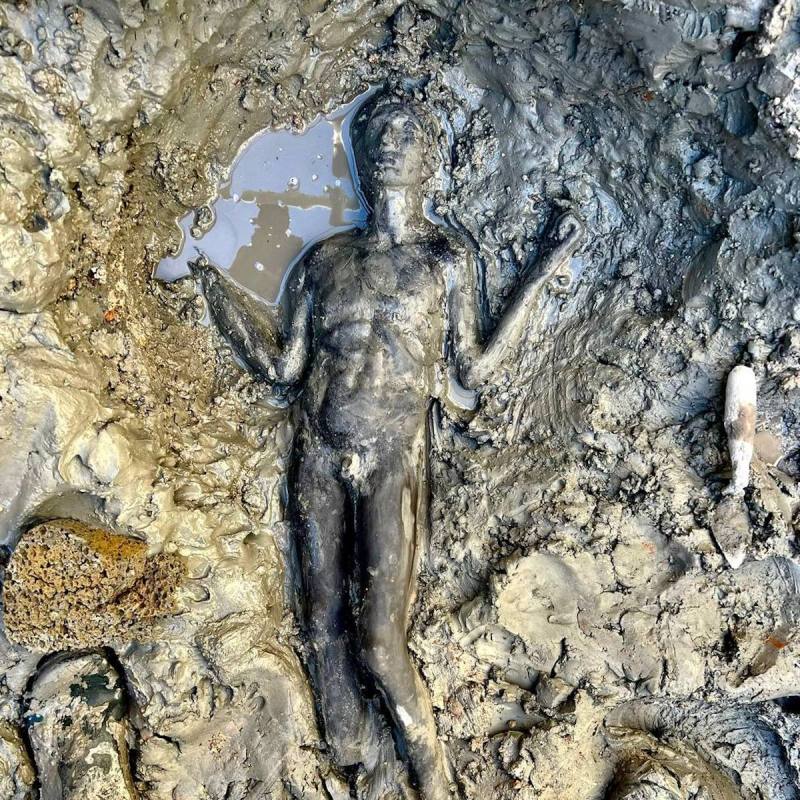
“It’s a discovery that will rewrite history,” said Jacob Tabolli, the managing archaeologist for a dig in Tuscany.
Videos by TravelAwaits
In October, Italian archaeologists unearthed 24 well-preserved bronze statues of Hygieia, Apollo, and other Greco-Roman gods. The 2,000-year-old statues were found in an ancient hot spring used for bathing and restorative purposes. They were accompanied by about 5,000 bronze, silver, and gold coins.
The pieces date back to between the second century B.C. and the first century A.D. According to the Italian Culture Ministry, the era marked a period of “great transformation in ancient Tuscany” as it moved from Etruscan to Roman rule.
The Site Of The Find
The statues were discovered in San Casciano dei Bagni, a hilltop town in the Siena province, about 100 miles north of Rome. They will be moved to the Central Institute of Restoration’s laboratories in nearby Grosseto, and eventually to a planned museum in San Casciano dei Bagni.

Why The Discovery Is So Important
Massimo Osanna, director general of Italy’s state museums, said the discovery was “certainly one of the most significant bronze finds ever made in the history of the ancient Mediterranean.” In 1972, the Riace Bronzes (two warriors) were found. They were created between 460 and 450 B.C.
Tabolli, who managed the dig for the University for Foreigners in Siena, said the discovery was important because it helps historians understand the relationship between Etruscans and Romans as the Roman Empire grew in the second and first centuries B.C. The statues’ inscriptions are in both Latin and Etruscan.
“While there were social and civil wars being fought outside the sanctuary … inside the sanctuary the great elite Etruscan and Roman families prayed together in a context of peace surrounded by conflict,” Tabolli said, according to the Associated Press. “This possibility to rewrite the relationship and dialectic between the Etruscan and Romans is an exceptional opportunity.”

Why The Antiquities Are So Well Preserved
The statues and other items were protected because they were submerged in mud and water. This ensured that oxygen couldn’t get in, so bacteria that cause deterioration couldn’t grow. The pieces were so well preserved that even the most detailed parts of the statues can be seen.
A Planned Museum
In order to share this find with all those who are eager to see it, the ministry will construct a new museum in San Casciano dei Bagni. The ministry has given the go-ahead to purchase a 16th-century building for this purpose. Plans include adding an archaeological park to the site.
Want to know more about visiting Tuscany? Read:
